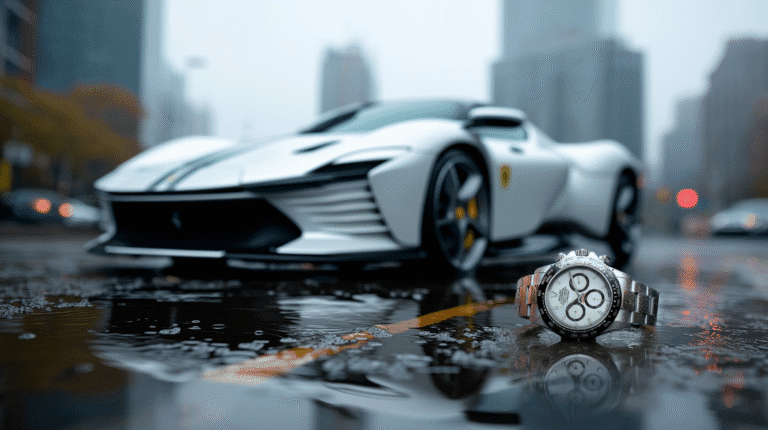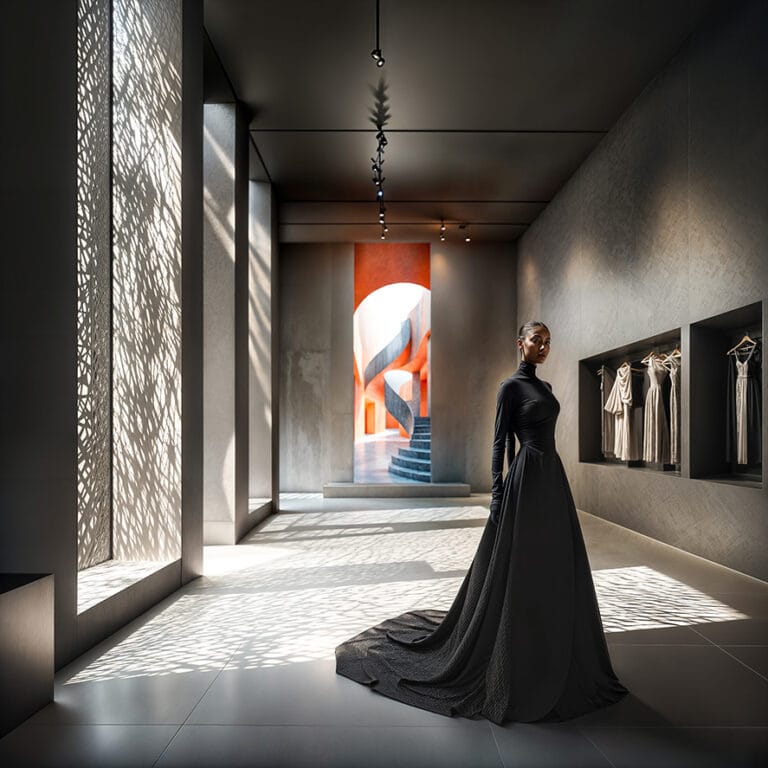What 3D Design Can Teach Us About Crafting Emotional Brand Experiences
In an era where consumers are bombarded with content, emotional connection has become the holy grail of modern branding. Brands that spark emotion win attention, loyalty, and trust. But how do you craft a brand experience that doesn’t just look good—but feels meaningful?
Surprisingly, the answer may lie in the world of 3D design.
As technology blurs the line between digital and physical spaces, 3D rendering, visual storytelling, and immersive design are changing how we connect with products and experiences. Let’s explore what 3D design can teach us about designing emotionally engaging brand experiences—and how you can leverage these insights to build stronger, more human connections with your audience.
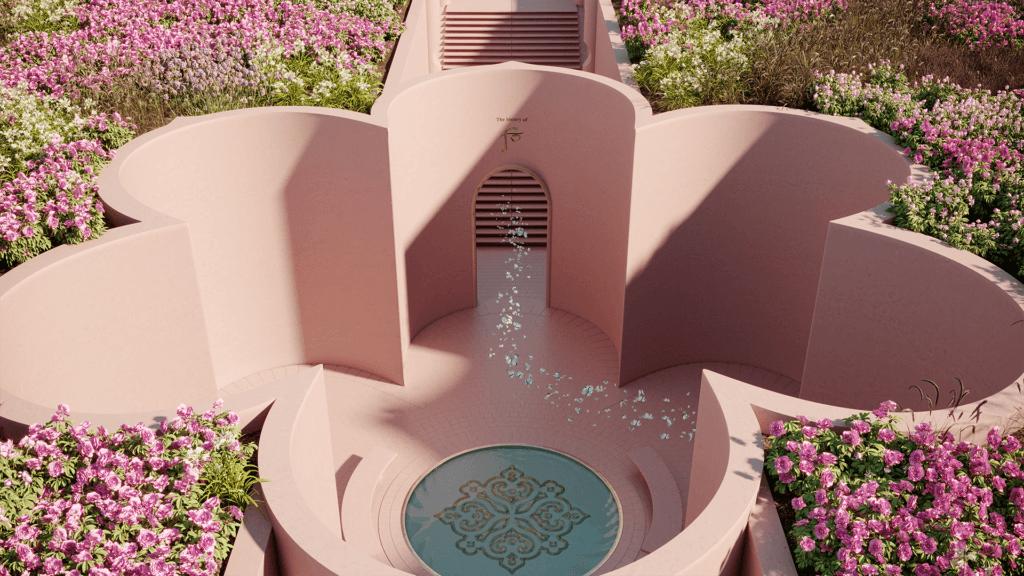
1. The Power of Visualization: Seeing Is Believing
One of the core strengths of 3D design is its ability to visualize the invisible. Through photorealistic 3D rendering, brands can bring concepts to life before a single product is built or a space is constructed. This allows for a type of storytelling that transcends flat design or static imagery.
More importantly, high-end 3D visualizations evoke feelings. A perfectly lit rendering of a luxury sofa in a moody, atmospheric room doesn’t just show you a product—it invites you to feel a lifestyle.
2. Creating Multi-Sensory Experiences in a Visual Medium
Although 3D design is primarily visual, its impact goes far beyond what we see. Through careful attention to texture, lighting, scale, and composition, designers can create environments that feel tactile, almost tangible. This is essential in brand experience design.
These sensory cues trigger emotional responses—calm, desire, curiosity—long before any physical interaction.
One of the most practical lessons 3D design offers is the ability to prototype emotion. Before a campaign launches or a store opens, brands can experiment with visuals, colors, lighting, and arrangements to see what feels right.
This iterative process is incredibly powerful. You can test moodboards in motion, simulate light at different times of day, or preview how a product performs in various environments. The result? A brand experience that feels intentional and emotionally aligned from the start.
Tools like Unreal Engine and Cinema4D, paired with AI-driven tools like Midjourney, are revolutionizing how we pre-visualize emotional resonance.
3. Storytelling Through Space
Storytelling is at the heart of branding. What 3D design excels at is giving narrative a place. In architectural visualization or digital staging, space becomes a silent narrator.
Consider this: an empty room tells a very different story than one filled with soft shadows, layered materials, and intentional placement of objects. These crafted digital environments act like stages—each element choreographed to evoke meaning and connection.
For brand marketers, this means every campaign, landing page, or product launch should feel spatially designed—with attention to how your audience will move through the story, just like they would through a thoughtfully rendered scene.
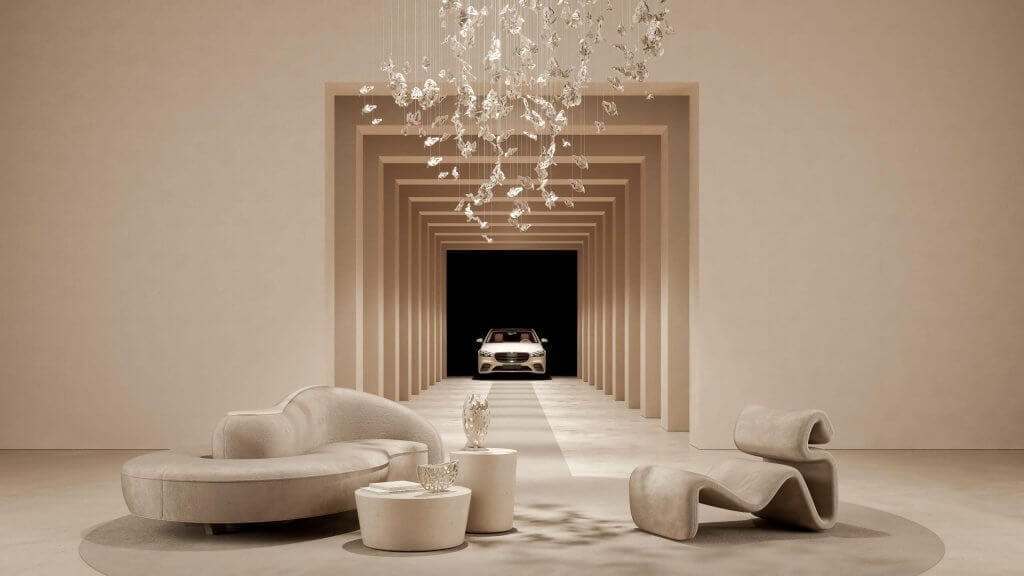
4. Rehearsing Emotion Before the Real World
3D design offers the ability to prototype emotion. Before a campaign launches or a store opens, brands can experiment with visuals, colors, lighting, and arrangements to see what feels right.
This iterative process results in a brand experience that feels intentional and emotionally aligned from the start.
5. Personalization and Presence
Today’s consumers crave personalization. 3D design allows you to craft tailored experiences without the constraints of physical production. You can create dynamic virtual catalogs, interactive product configurators, and personalized environments—each designed to speak to specific user segments.
This level of detail transforms passive viewing into active exploration.
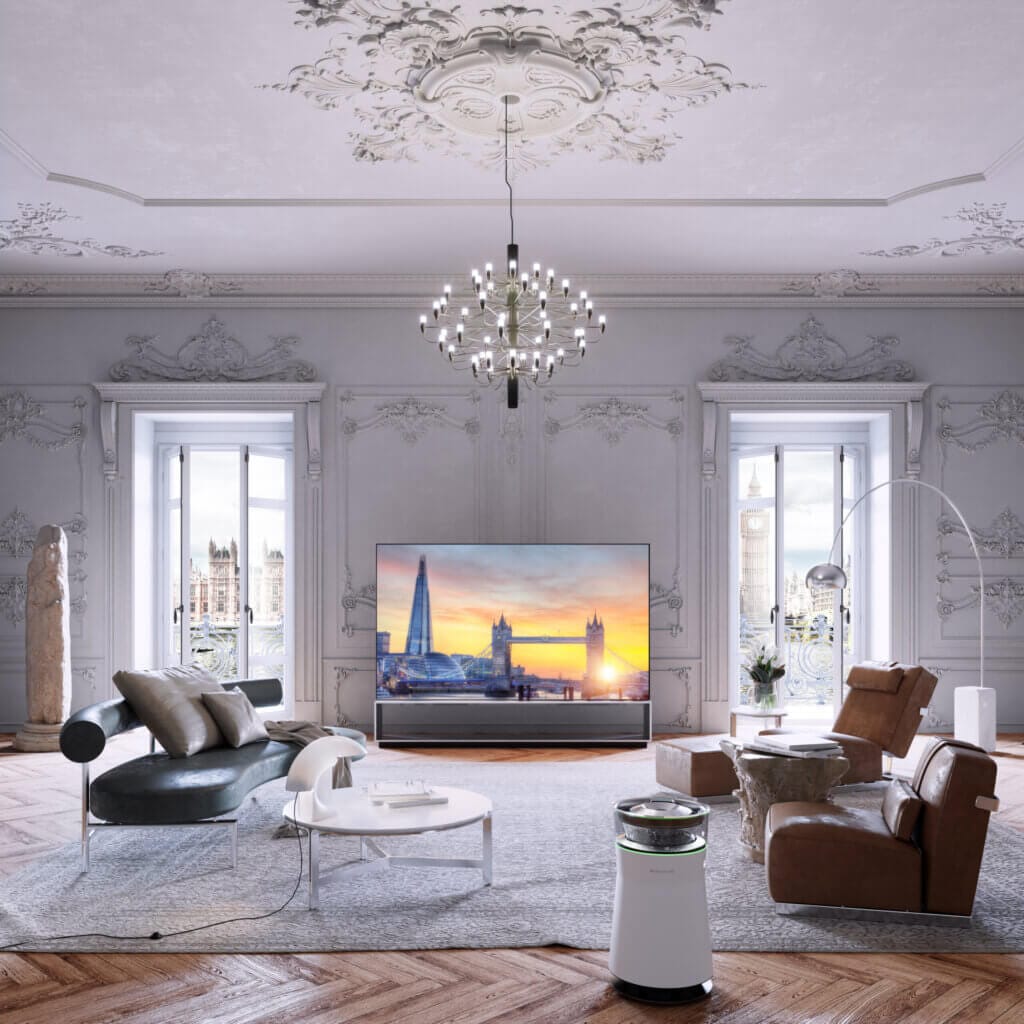
6. Emotional Branding in the Age of AI
As AI-generated content becomes ubiquitous, audiences will value authenticity and emotion even more. 3D design provides a visual language that feels intentional and crafted.
It reminds us that technology should serve feeling, not just function.
7. From Passive Viewing to Active Immersion
3D content naturally invites engagement. Whether it’s a 360-degree product visualization, an immersive website background, or a cinematic rendering for a campaign, viewers aren’t just watching—they’re exploring.
This shift is essential for emotional branding. People don’t want to be sold to. They want to be invited in.
8. Designing for Memory, Not Just Impact
It’s easy to chase likes and impressions. But what really matters is what sticks.
3D design shows us that what’s memorable is often what’s felt. That’s why mood, materiality, and message need to align.

Final Thoughts: Emotion is the New Luxury
In luxury, emotion has always been the currency. But today, emotional brand experiences are becoming essential across all industries.
Whether you’re launching a product, staging a campaign, or designing a store, 3D design offers the tools and perspective to make your brand feel human.
At VSLB we help you achieve greater visual impact through the art of storytelling with 3D design and art.
